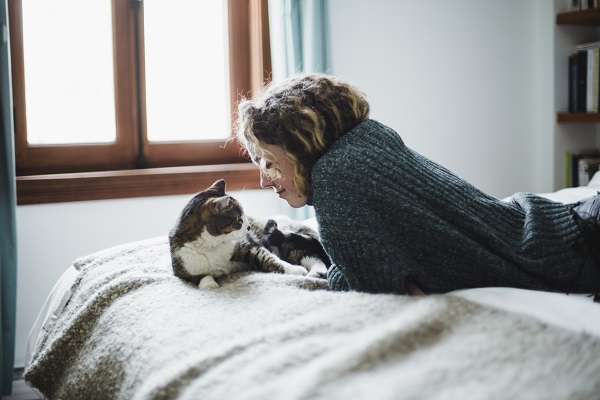-
Ah, the mighty band-aid. These little sticky plasters are one of the simplest yet greatest medical inventions of the last century, stopping infection, sealing sores and saving scabs the world over.
It’s a safe bet that most of us have a cardboard packet of these little adhesive bandages handy. We grew up with them, after all. Remember running full-pelt to our mums, wailing over whatever latest backyard casualty had befallen us? She’d pull them down out of a cupboard and gently apply one, as we grimaced and winced and sucked the air through our teeth at the terrible agony of it all. A moment later we’d be off playing again, the pain forgotten but the sticking plaster held up and admired as a badge of honour.
Like many inventions, the band-aid is now what you call a generalised trademark – similar to hoovers, cellophane, eskies, aspirin, kerosene or escalators – where the once title-cased brand became universally synonymous with its copycat products. Consequently, whether they be Elastoplast, Compeed, Nexcare, generic no-name sterile strips or indeed the original Band-Aid, we now invariably refer to them all as ‘band-aids’.
Who do we have to thank for dreaming up this iconic mini-bandage? Well, it all starts back in 1920 with a clever American bloke called Earle Dickson. No, despite his apple-pie name, he wasn’t a hokey country ’n’ western star – instead, he made a living as a lowly cotton buyer for Johnson & Johnson. What ultimately set ol’ Earle apart from the other chumps on the payroll, however, was his wife, Josephine. She happened to be particularly accident-prone. Yes, the story goes the poor dear was always cutting, burning or bumping herself in the kitchen, and Earle had grown weary of patching her up with cotton wool and bandages. Cue a lightbulb moment: “What if there was a prepackaged bandage Josey could stick on her own wounds?” Sure enough, Earle took his idea to his employers who immediately put it into production and – viola! – Band-Aids were born.
Problem was, they hardly shifted like hotcakes. Probably because they were originally sold as larger strips (around 6.5 cm x 46 cm) and consumers were expected to cut them to desired size. In the first year, only $3000 worth sold and no doubt Earle was nervously awaiting a call to head office. Then Johnson & Johnson tried a different tack. Figuring, quite rightly, that their market lay amongst mums and rough ’n’ tumble young boys, they not only shrunk them down, they also donated thousands of Band-Aids to the Boy Scout movement. Sure enough, every scout received a packet, and from there Band-Aids took off.
By 1939, Band-Aids were also sterilised – and just in time for WWII. Like most American factories, Johnson & Johnson went into war-effort mode and dispatched millions of Band-Aids to the front as part of their soldiers’ standard mess kits. When those soldiers returned home, Band-Aid’s brand was forever immortalised. Happily, this didn’t exactly harm Earle’s career trajectory either – he ascended to vice-president of Johnson & Johnson, a gig he held until he retired in 1957. And by the time Earle died in 1961 (sadly, not even Band-Aids could help), the company was moving over $30 million per year of their flagship product.
Since then, the Band-Aid has seen various incarnations – from plastic, clear, antibiotic and liquid variations, to even Mickey Mouse and superhero-branded strips. They’ve been fired into space with astronauts, had Barry Manilow pen a song about them, been endorsed by tennis stars, and even had the likes of Brooke Shields and John Travolta appear in commercials touting them. In fact, it’s rumoured Travolta still employs them to firmly affix his toupee…
The history of the band-aid

-
Eat for your eyes
Some of our favourite foods to help keep your eyes healthy.
-
How is ‘phubbing’ hurting your relationships?
Here’s how to stop phubbing and be more mindful of your phone habits, to help improve face to face interactions with your family and friends.
-
Are the winter blues real?
Simple ways to boost your mood in winter.
-
Mental fitness explained
Just as you work to strengthen your body, your mental health deserves attention and exercise too.
-
The link between stress, anxiety and jaw pain
Physiotherapist Michael Chan explains how stress and anxiety can cause jaw pain, and how to help get some relief.
-
When you can't sleep next to your partner
You love everything about them – except their sleep habits.
Subscribe to receive the best from Live Better every week. Healthy recipes, exercise tips and activities, offers and promotions – everything to help you eat, move and feel better.
By clicking sign up I understand and agree to Medibank's privacy policy





.jpg)
